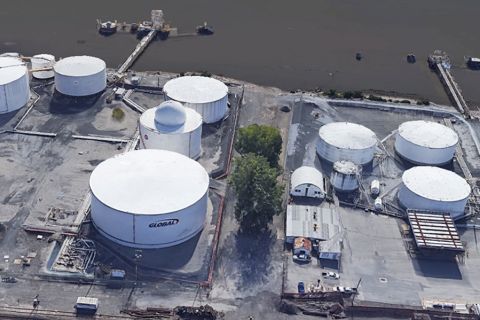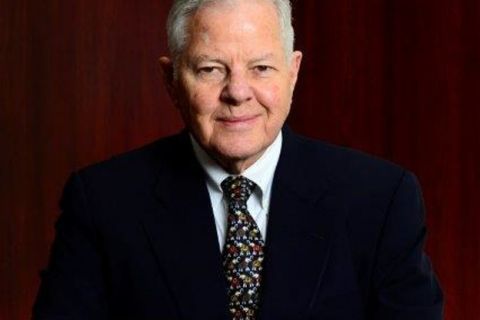Learn more about Hart Energy Conferences
Get our latest conference schedules, updates and insights straight to your inbox.
Despite having hard assets and operations that are easy to understand, producers continue to fight an uphill battle to improve their common stock prices. "Despite the industry's being at the bottom of what many perceive as a bear market, we have provided a steady return to investors since going public 10 years ago," Mark Hellerstein, president and chief executive officer of St. Mary Land & Exploration Co., told buysiders and others at the recent Oil & Gas Conference in Denver. "It's because we are able to add value at every phase of the business. We try to have quality people working in every segment, with incentive programs that encourage them to bring all their abilities to bear. We also are on the leading edge of completion technology, which helps us in many of our production areas." The company invests about 85% of its annual capital budget in low- to moderate-risk exploration and production, a proportion that has not changed in its 10 years as a public company, he continued. The other 15% goes to unconventional prospects, with significantly greater potential that tend to be less predictable, but generate bigger chunks of growth when they come through. St. Mary supplements its growth through the drillbit with disciplined acquisitions, according to Hellerstein. "The fact that we're in five regions with good acreage means there's no good reason not to grow year after year. We are able to make our company grow economically year-to-year. If you can do that, you grow net asset value per share and, ultimately, stock price." Meanwhile, Westport Resources Corp.'s common stock is priced currently at the same level as two years ago, when it made its initial public offering, despite that the company is significantly larger and stronger now, noted Donald Wolf, chairman and CEO. "The company has about 1.9 million gross and 900,000 net acres, with about 1,000 exploitation opportunities, in areas ranging from the Rocky Mountains and Williston Basin to the deepwater Gulf of Mexico," he said. Like other independents, Westport prefers to operate as much of its production as possible. Even when it doesn't, however, it realizes substantial benefits by being involved in large discoveries, Wolf said. He cited Chevron Texaco Corp.'s Tahiti hit in the deepwater Gulf. It contains an estimated 4.5 million barrels of oil. Westport has a 3.5% override on it, which will generate good income with little significant additional investment from the company, Wolf said. Despite such examples, however, some participants at the four-day conference remained skeptical. E&P stock prices could decline further because several companies' price-to-earnings ratios still are somewhat high, one industry observer said. One problem is that several companies paid too much for acquisitions last year and drilled wells when they shouldn't have, he maintained. Companies responded by emphasizing efficient operating track records and good returns during periods when commodity prices have declined. "Even though we all know what has happened to the equity markets the last few months, we're trading at three to 3.5 times cash flow, which is near historic levels," said Lon McCain, Westport chief financial officer.
Recommended Reading
Mexico Pacific Appoints New CEO Bairstow
2024-04-15 - Sarah Bairstow joined Mexico Pacific Ltd. in 2019 and is assuming the CEO role following Ivan Van der Walt’s resignation.
Global Partners Declares Cash Distribution for Series B Preferred Units
2024-04-15 - Global Partners LP announced a quarterly cash dividend on its 9.5% fixed-rate Series B preferred units
W&T Offshore Adds John D. Buchanan to Board
2024-04-12 - W&T Offshore’s appointment of John D. Buchanan brings the number of company directors to six.
73-year Wildcatter Herbert Hunt, 95, Passes Away
2024-04-12 - Industry leader Herbert Hunt was instrumental in dual-lateral development, opening the North Sea to oil and gas development and discovering Libya’s Sarir Field.
Riley Permian Announces Quarterly Dividend
2024-04-11 - Riley Exploration Permian’s dividend is payable May 9 to stockholders of record by April 25.





